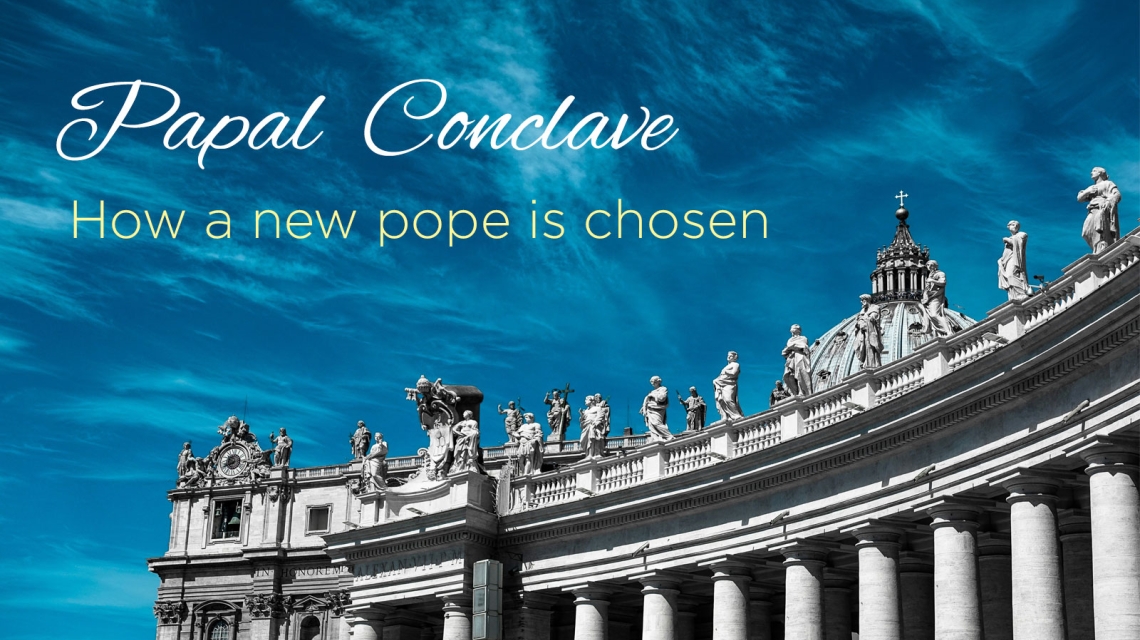How a new pope is chosen

The cardinal electors meeting in the Sistine Chapel have taken their first three votes for a new pope. However, the smoke that arose from the chapel's chimney was black, indicating that no one has yet achieved the necessary two-thirds majority. A single vote was taken the first day, May 7, and two votes have been taken so far today, with one (if a pope is chosen) or two votes expected to take place midday (evening in Rome).
Before the conclave began, the cardinals first gathered in St. Peter's Basilica for a Mass, invoking the guidance of the Holy Spirit in electing a new pope. Cardinal Giovanni Battista Re, the 91-year-old dean of the College of Cardinals, presided over the liturgy, saying, "We are here to invoke the help of the Holy Spirit, to implore his light and strength so that the pope elected may be he whom the Church and humanity need at this difficult and complex turning point in history,"
He then stressed the need for unity, saying that the unity of the Church is willed by Christ.
"Among the tasks of every successor of Peter is that of fostering communion: communion of all Christians with Christ, communion of the bishops with the pope, communion of the bishops among themselves,” he said.
The cardinals eligible to vote in the conclave, those under the age of 80 who are known as cardinal electors, then processed to the Sistine Chapel where they took an oath of absolute secrecy, vowing never to reveal details of the proceedings. All but the cardinal electors then left the chapel, and the doors were sealed.
Voting by secret ballot
The cardinals vote by secret ballot. On the first day, they will vote once in the evening. On subsequent days, they will vote twice in the morning and twice in the evening. Each vote begins with the distribution of paper ballots to the cardinals. On the top of each rectangular ballot is the Latin phrase "Eligo in Summum Pontificem" ("I elect as the most high pontiff"). The cardinals then write the name of their choice on the bottom half of the ballot. The ballots are folded twice, and each cardinal puts it in a receptable, most often a chalice, saying aloud, "I call as my witness Christ the Lord who will be my judge that my vote is given to the one who before God I think should be elected."
Three cardinals chosen at random serve as "scrutineers," who ensure that the number of ballots correspond to the number of cardinal electors, examine the ballots one-by-one, and read the results aloud. The last scrutineer puts a needle through the word "Eligo" on the ballot and places it on a thread. This both secures the ballots and ensures that each is only counted once. Three "revisers," also cardinals chosen at random, double check the work of the scrutineers to make sure there are no mistakes.
The votes are then counted to see if anyone has obtained a two-thirds majority. In order to be considered for the papacy, someone has to be a bishop or a cardinal, but most typically, a cardinal is chosen.
If a two-thirds majority isn't reached, the ballots and any notes cardinals made are burned in a stove near the chapel with a mixture of chemicals that produce black smoke.
Each time, the process starts anew. Cardinals do not only consider the top finishers from the round before.
What if the cardinals can't agree?
If the electors fail to reach agreement on a candidate after three days, a break of up to one day is allowed for prayer and discussion by the cardinals.
In cases in which an agreement still can't be reached, a change in the conclave voting process introduced by Pope John Paul II allows for a simple majority vote once 12 or 13 days have gone by if a majority of the cardinals agree to take that step. Alternately, the cardinals can also decide at that point in time to limit the voting to the two top vote getters.
Habemus Papam
When a cardinal receives the necessary two-thirds vote, the dean of the College of Cardinals asks him if he will accept the election. If he says yes, he is asked, "What name do you wish to be called?" A document of acceptance with the chosen name is prepared, which brings the conclave to the end. The new pope receives papal vestments before appearing on the balcony of St. Peter's Basilica.
Once a pope is elected, the ballots are burned immediately, using a process that will produce white smoke, signaling to the world that a new pope has been chosen.
The senior cardinal deacon, currently French Cardinal Dominque Mamberti, then appears on the balcony of St. Peter's to declare "Annuntio vobis gaudium magnum; Habemus Papam!”("I announce to you a great joy; we have a pope!"). The new pope processes out, addresses those gathered, and imparts his first apostolic blessing on the city of Rome and the world.
Prayer for the conclave
O God, Eternal Shepherd,
Who govern Your flock with unfailing care,
Grant in Your boundless fatherly love
a pastor for Your Church
who will please You by His holiness
and to us show watchful care.
Through our Lord Jesus Christ, your Son,
who lives and reigns with You in the unity of the Holy Spirit,
God, for ever and ever. Amen.
Source: Roman Missal









